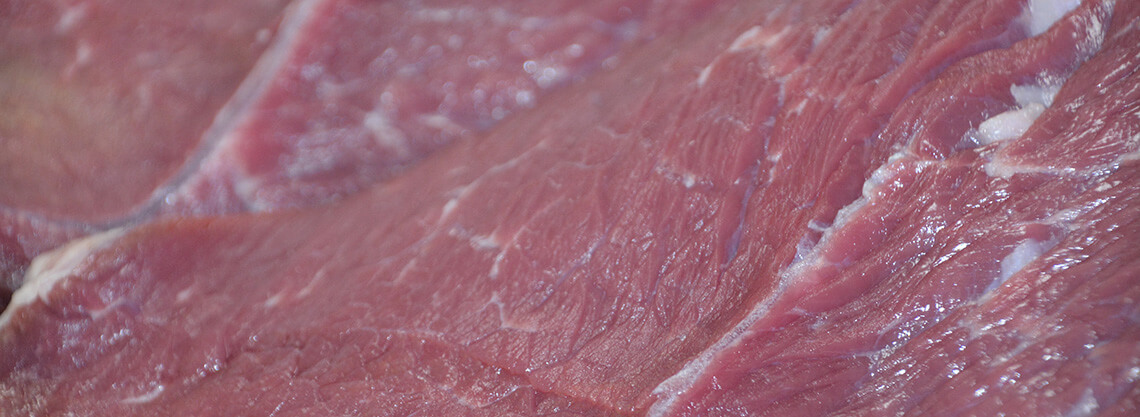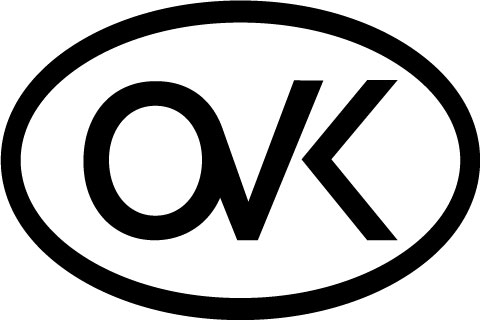Who doesn’t like a savory, tender pot roast accompanied with the traditional sides of mashed potatoes and your choice of vegetable? Is your mouth watering yet? Whether you are marinating ribs, or cooking steaks on the grill, or have a roast in the oven, the aroma of your meal cooking fills your home. It’s like aromatherapy that only home cooking can bring. Many people frown on eating beef, but it is a good source of protein and is full of nutrients that our bodies need, including iron. As long as you don’t eat too much of it every week, beef is a healthy choice. But, how do you know what cuts are kosher and how to prepare the meal so that the meat melts in your mouth?
First, you want to buy your meat from a kosher butcher. A kosher butcher practices specific slaughtering and deveining techniques of the animal in accordance with Jewish law. It may be difficult to find a reputable kosher butcher if you’re new to kosher cooking, but look for the kosher symbol on the building of the butcher shop, or on the packaging, and that will help you tremendously. You may also want to ask your friends and family members to help you in your hunt for a kosher butcher. If you’d like to know about the Jewish laws of slaughtering, click here.
So, what parts of the steer are kosher? Any part of the animal from the shoulders to the front legs and through the mid-back region is considered kosher. The cuts of beef that are found in this area of the steer are taken from the neck, shoulder, chuck, ribs, shank, brisket, and short plate. As you may already know, meat is muscle with tiny fibers running through it. The more the animal uses a particular muscle group, the tougher the meat will be. Many of the cuts of beef in this area of the animal are tough because the steer uses these muscles. The most tender section is the ribs.
What kinds of meats do we get from these cuts of beef? Roasts are taken from the chuck and shoulder region of the steer. The neck is one area of the steer that is used for hamburger meat because it is tough. When the beef is ground up, it helps to tenderize it. Some of the roasts you may be familiar with are: Chuck Steak, Stew Meat, Shoulder Roast, London Broil, Silver Tip Roast, Rib Roast, and Cube Steak. Ribs, of course, come from the ribs of the steer and you can buy Short Ribs or Spare Ribs. The Shank is excellent for making homemade beef stock or broth because it forms a gelatin-like substance when cooked. It also has a decadent flavor. One of the toughest cut of the steer is the brisket. There are two different cuts of beef brisket. The first cut is a leaner meat than the second cut, which tends to have more fat. Corned beef and pastrami are made from brisket as well. You may see hanger steaks in your butcher shop, and these tasty steaks are trimmed from the plate, which is just under the ribs.
There are two ways to cook beef, and they are very easy to follow. The first method is called dry heat cooking. This kind of preparation includes pan-frying, sautéing, grilling and broiling and is used for the more tender cuts of meat. The other type of cooking method used for cooking beef is called moist heat cooking, and this is self-explanatory. You have probably pictured in your mind a roast cooking in the oven or simmering in a Dutch oven on the stovetop. Some recipes instruct you to braise or sear the roast or steak first, then let it simmer and finish cooking. Moist heat cooking works best with tough cuts of beef.
A good rule of thumb though for choosing any cut of beef is that it should have some fat through the muscle because fat adds flavor as well as tenderness to the meat. You also want to use a meat thermometer to check for doneness. These thermometers can be purchased at your local grocery store or online. Always keep in mind when cooking a roast, or any meat for that matter, in the oven that even though you have taken the roast out of the oven, it continues to cook internally for a few more minutes. You should bear this in mind when you’re calculating your cooking time for the meal.
For more information about kosher meat please contact us we’ve been in the kosher meat business for over 50 years. For the best most cost effective cuts of meat buy online line here or come into the store we would love to serve you.


